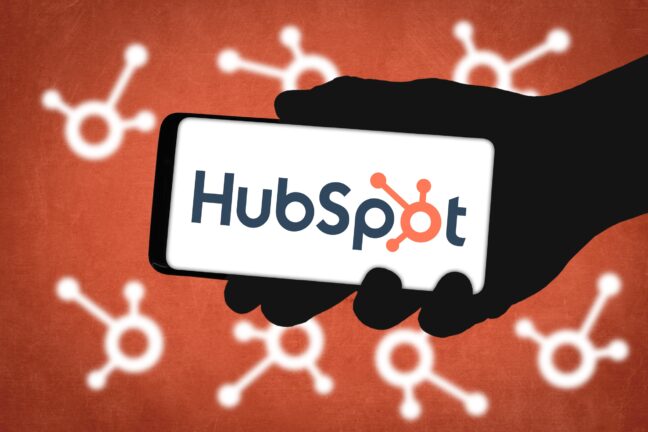The year 2023 has seen repeated interest rate increases by the Fed in the United States of America to tighten the economy and contain inflation. A higher interest rate impacts and controls high inflation as access to credit becomes more expensive, thereby leading to a reduction in investment & consumption. This creates a sense of fear in the consumers and impacts buying behavior. In effect, managing brand interactions becomes even more pivotal to retaining customers and preventing competitors from undercutting prices.
A Yale Insights article talks about the psychological impact of inflation on the buying behaviors of US consumers. Brands that connect on a personal level with consumers during difficult times are winners in the long run. They are no longer “fair-weather friends” but become allies that understand the needs and wants of a consumer. Investing in this kind of hyper-personalized approach not only helps retain customers but entices new ones to adopt the brand because they want to be treated in that same special manner too.
Recently, we saw an example of this act of creating belongingness in action. Stanley 1913, a Seattle-based company that manufactures food and beverage gear, did the unthinkable when a consumer posted a video of their car getting totaled in a fire but their Stanley 1913 tumbler stayed intact and even held the ice in it! The company not only sent new Stanley gear to the customer but also replaced their motor vehicle! In case you are wondering, the Stanley tumbler had nothing to do with the fire!
This is a great example of wise marketing and showing genuine concern for the consumer. Not to mention a rocking social media monitoring team that quickly swooped up on this opportunity. The President of Stanley 1913 was smart enough to set expectations by saying this was the first and probably the last time they would make such a magnanimous exception. Here is the news video that shows the car, the cup, and the giveaway!
This example provides a breath of fresh air for companies trying to be in the rat race for the next shiny technology tool to improve CX, where something as simple as connecting to the customer as a human being is the primary goal and most effective strategy.

When human experience is the focus, technology interventions become more effective and impactful. Automation is not a panacea. Layered on to a broken process, automation quickly becomes a bane. We all know improving the employee experience enhances CX. There are nuances, though. While designing technology to help employees, companies must be vigilant in keeping the focus on customers. Often, companies become so focused on improving employee experience and designing rigid processes to make their operations efficient that they completely lose the plot of customer needs. Sometimes, they even push the effort onto the customer to facilitate their own internal operations. This is counterintuitive.
Customers like efficient processes but not when those processes create inconvenience for them. Recently, I wanted to get an eye exam done. I ended up going to the local store location of a Georgia-based optical retailer. While the experience on the website was smooth (booking appointments and providing patient and insurance data), the in-store experience was abysmal. Not only were the processes designed to benefit the store employees, but the focus was also totally on churning as many patients as possible in a day.
These practices lead to an extremely poor customer experience. An average consumer would likely visit an optical retailer once a year. Being able to feel comfortable, not rushed and taken care of is vital to the human aspect of the experience. I have posted my feedback online and am not planning on going back there anytime now!
Deploying technology to make processes more humane is the key. With the advent of Generative AI, brands should look at creative ways to become stronger allies and partners with their consumers. Identifying market conditions that may impact their brand commitment and addressing those through innovative solutions will create a bond that would be hard to shake.
This article from Harvard Business Review delves into how Generative AI can augment human creativity and create new and improved solutions to positively impact consumers.
Analyzing data from past and current interactions, developing customer journeys that reduce customer effort and deploying technology to create more personalized communication at each touch point will improve the customer experience manifold. Balancing this with market conditions and ongoing economic indicators reflects a brand’s ability to empathize with its customers and create a lasting bond.
-
Abhinav is the Vice President of Business Transformation & Digital Solutions at Teleperformance, a global digital business services company. He has been contributing to the Information Technology and Business Process Outsourcing industry since 1999, when he began his career with an online education startup in Toronto, Canada. Partnering with firms in the Telecom, Technology, Logistics & Supply Chain, Travel, Manufacturing, Banking & Financial services, Telematics and Job tech industries, Abhinav is adept at conceptualizing robust operating models and operationalizing them across various departments of an organization. Leading with a consultative approach, Abhinav adds value by providing transformative solutions to business challenges while maintaining a balance of people, process and technology.









